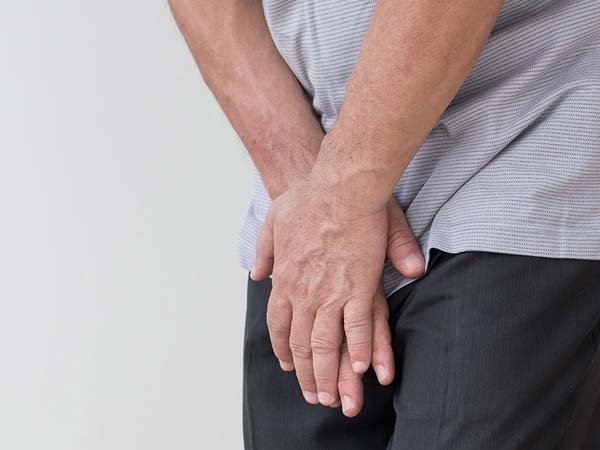An enlarged prostate, also known as benign prostatic hyperplasia (BPH), is a common condition that affects many men as they age. It occurs when the prostate gland, which is located just below the bladder, grows in size and presses against the urethra, the tube that carries urine from the bladder out of the body. This can cause a range of uncomfortable symptoms that can impact a man’s quality of life. Here is a detailed look at enlarged prostate, including its causes, symptoms, and treatment options.
Causes of Enlarged Prostate
The exact cause of an enlarged prostate is not fully understood. However, it is believed to be related to changes in hormone levels that occur as men age. Specifically, as men get older, their bodies produce less testosterone, which can lead to an increase in the amount of a hormone called dihydrotestosterone (DHT). DHT is known to stimulate the growth of the prostate gland, which can lead to BPH.
Other factors that may contribute to an enlarged prostate include a family history of the condition, obesity, and certain medical conditions such as diabetes and heart disease.
Symptoms of Enlarged Prostate
The symptoms of an enlarged prostate can vary from person to person, but they typically involve problems with urination. Some common symptoms of BPH include:
- A weak or slow urinary stream
- Difficulty starting urination
- Frequent urination, especially at night (nocturia)
- Urgency to urinate
- Inability to completely empty the bladder
- Dribbling at the end of urination
- Urinary tract infections
In some cases, an enlarged prostate can lead to complications such as bladder stones, urinary tract infections, or even kidney damage.
Treatment Options for Enlarged Prostate
There are several treatment options available for an enlarged prostate, depending on the severity of the symptoms and the patient’s overall health. Some common treatment options include:
- Medications: There are several medications available that can help relieve the symptoms of an enlarged prostate. These include alpha blockers, which help relax the muscles in the prostate and bladder, and 5-alpha reductase inhibitors, which can help reduce the size of the prostate gland.
- Minimally invasive procedures: For men with more severe symptoms, minimally invasive procedures may be recommended. These include transurethral resection of the prostate (TURP), which involves removing portions of the prostate gland that are blocking the urethra, and laser therapy, which uses a high-powered laser to shrink the prostate gland.
- Surgery: In rare cases, surgery may be recommended to remove the entire prostate gland. This is typically only recommended for men with severe symptoms or complications from BPH.
Conclusion
An enlarged prostate can be a frustrating and uncomfortable condition, but there are many treatment options available to help relieve the symptoms. If you are experiencing symptoms of BPH, it is important to speak with a qualified urologist who can help determine the best course of treatment for your individual needs.











